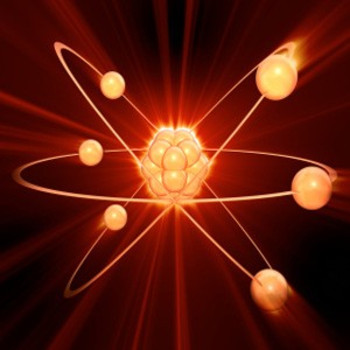Question #4cdbc
2 Answers
There are indeed 7 oxygen atoms in this equation.
Explanation:
I edited your question to make it more understandable. Maybe now you can see that there are indeed 7 oxygen atoms?
Lets first see how much of each element is in
you should read this as:
which is similar to:
so there are
Than the elements in the second part
this you should read as:
which is similar to:
so there are
In total:
There are seven Oxygen atoms in the reaction.
Explanation:
The numbers in front of the chemical formula indicate how many lots of that compund you have. The numbers apply to each element in the compound.
The example states:
If the numbers apply to each element, and there is a small subscript number next to it, then you multiply them together.
For example,
If we then apply this to the water molecules, we find that there are a total of 2 carbon atoms, 7 oxygen atoms, and 6 hydrogen atoms.


